
Front Squat
For the purpose of this blog I’m going to introduce you to a workout I’ve recently tried, tested and implemented, and discuss ways it can be tweaked to make it ideal for rugby players.
Some people refer to it as the Litvinov Workout but without realizing I had been doing this in my own training for years. Recently I read “Never Let Go” by Dan John (by the way if you’re into your S&C it’s an awesome read) that actually refers to the workout by this name. If Dan has taken the time to talk about it, then you definitely know it’s good!
I like to think of the workout method as a “contact – sprint” simulation and you’ll see why when I explain it.
The idea is to perform any big lift, drop/put down the barbell/dumbbells and sprint immediately after.
I tried to modify this concept to make it far more rugby specific. I wanted the movements/big lifts to not only be full body but also to use the muscle groups and mechanics similar to those used in various rugby situations.
Some lifts really didn’t go as well as planned. Olympic lifts were far too technical under fatigue and using overhead presses didn’t feel anywhere near as good as lower body dominant movements given the sprint component immediately after.

Trap Bar Deadlift
Furthermore, it was a rarity for every player to be using overhead presses in a game unless the player was lifting at the lineout. So the movement didn’t seem anywhere as good and players didn’t see or “feel” the crossover both mentally and physically. For this reason I used the front squat or the deadlift.
For imagery and from a mechanics perspective I pictured these movements as big tackles/scrums/rucks. The deadlifts were also performed using a wide snatch grip position because it used a greater range of movement and allowed the player to get into a deeper starting position.
With this in mind, in terms of posterior chain development, this method is great. Second-rows were not the biggest fans as they had to consistently get into a low position, and with their long limbs it was hard work, but one of the argued added benefits of using this exercise is an increased vertical jump, which of course makes them more handy in the lineout too.
I read through numerous GPS research journals to determine the average sprint distances for each playing position at elite level. These were then used in the sprint component following the big lift. For the FRN reader, the best distance overall is around 20m because it is a close match to the average sprint distance in a game. For a front row, it’s best to reduce this slightly, and for any player in the back three (wing/full back), increase the distance slightly.
To put the workout down on paper it would look like roughly like this:
Deadlift or Front Squat x 5 reps vs. 20m Sprint (3 minutes rest); repeat 3 times.
I hope this has given you a fresh idea for your training plans. The best thing to do is play around with the figures. Various factors such a playing position and aims determine the weight of the lift and the number of reps/sprint distances/recovery periods/number of sets used.
Hopefully the example above will give you a rough starting point. The main thing is to focus on quality and not quantity.
As always, if you have any questions I look forward to hearing from you: Jack@findrugbynow.com








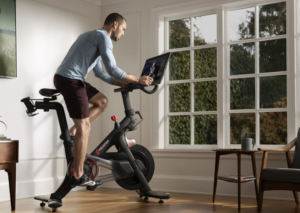 When most people hear the word “Peloton” they think of an expensive black bike with shiny red buttons and that controversial commercial where the husband gifted his wife a Peloton for Christmas.
When most people hear the word “Peloton” they think of an expensive black bike with shiny red buttons and that controversial commercial where the husband gifted his wife a Peloton for Christmas.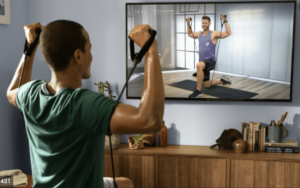 If the app interests you, Peloton is currently offering a 30 day FREE TRIAL, so why not give it a try? Check it out
If the app interests you, Peloton is currently offering a 30 day FREE TRIAL, so why not give it a try? Check it out 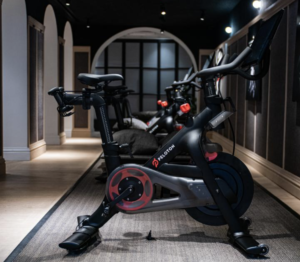
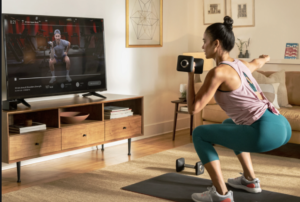
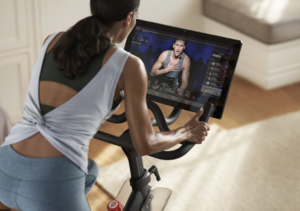 This article would not be complete, however, if we did not acknowledge some of the delivery issues that have been plaguing Peloton over the last year. Most of the delivery issues seem to affect U.S. deliveries, however, the UK deliveries have been affected as well.
This article would not be complete, however, if we did not acknowledge some of the delivery issues that have been plaguing Peloton over the last year. Most of the delivery issues seem to affect U.S. deliveries, however, the UK deliveries have been affected as well.







